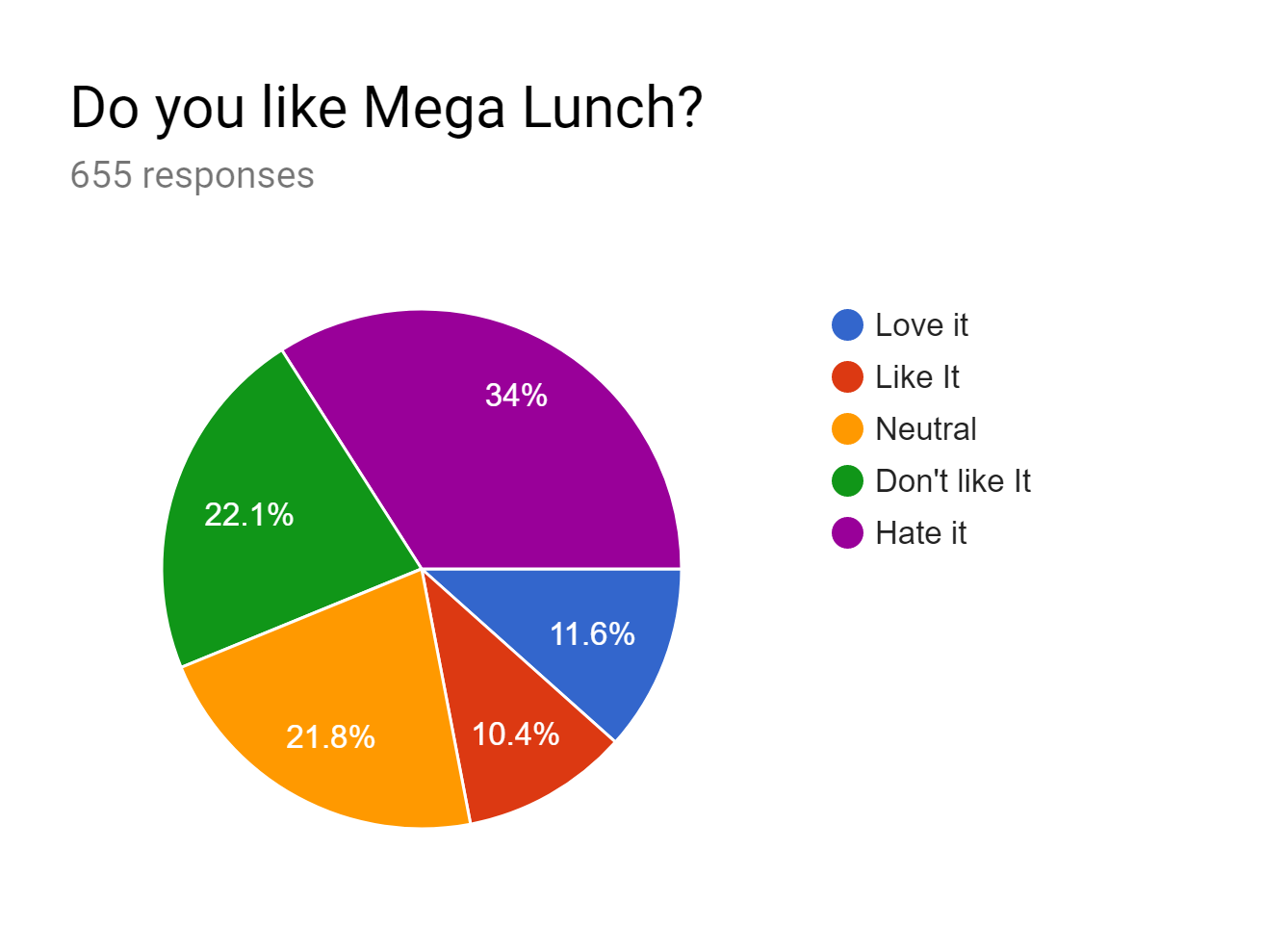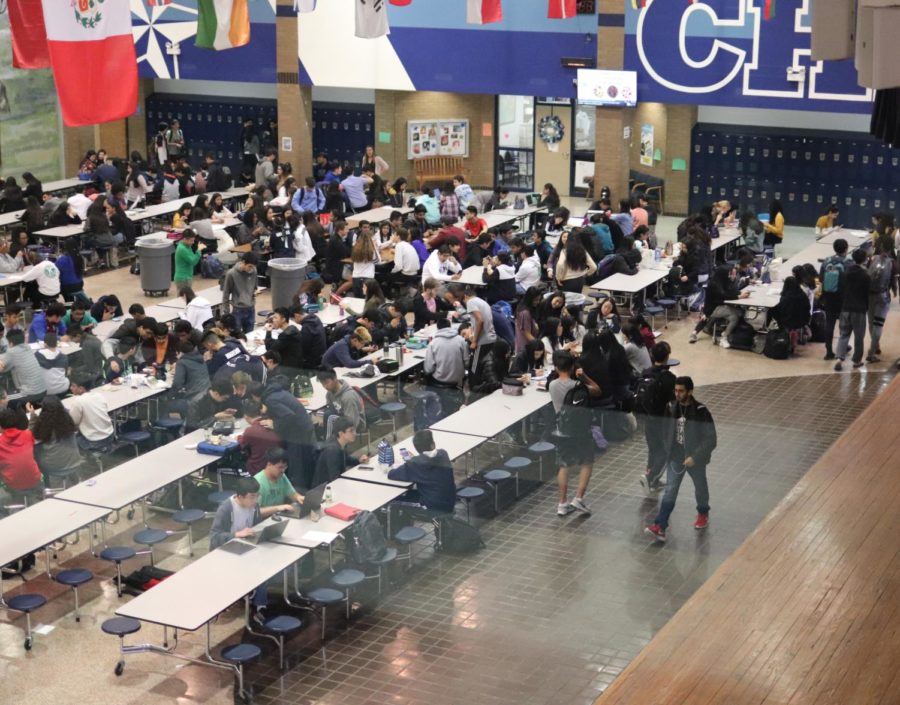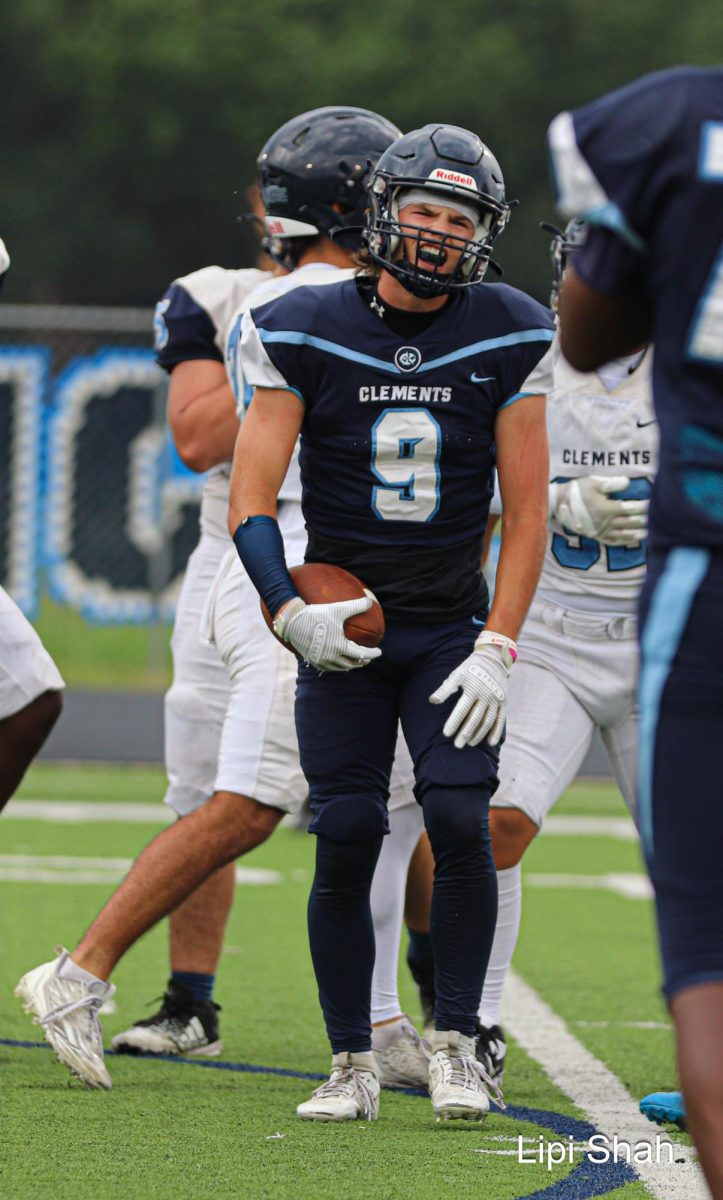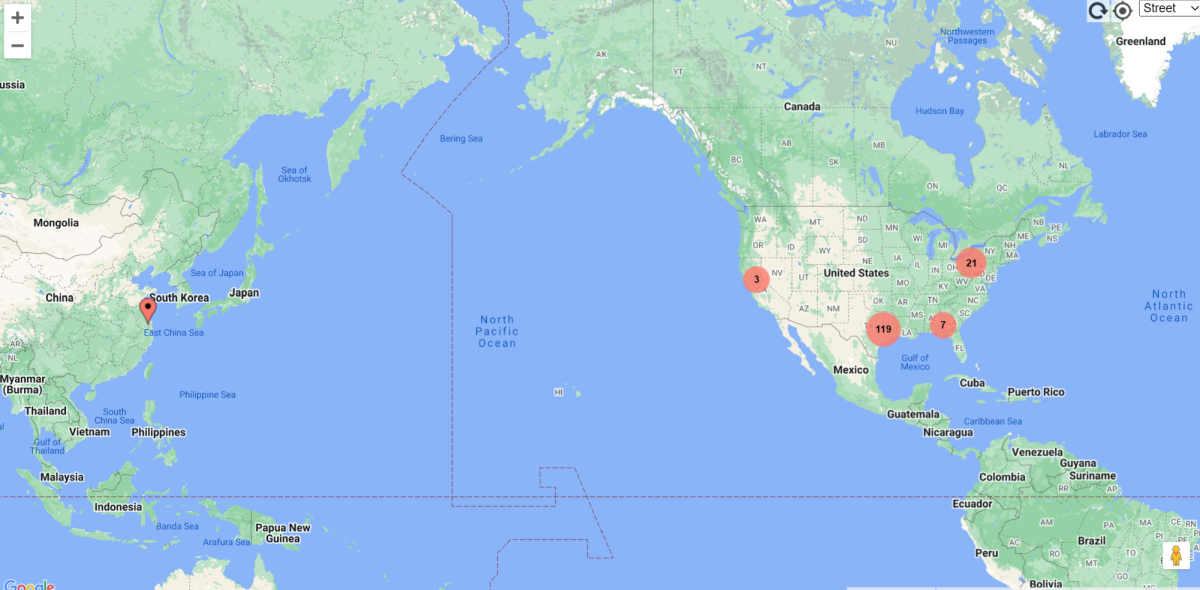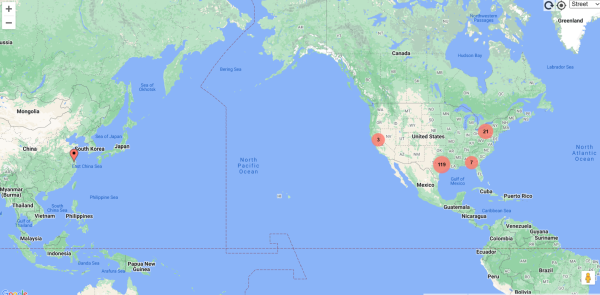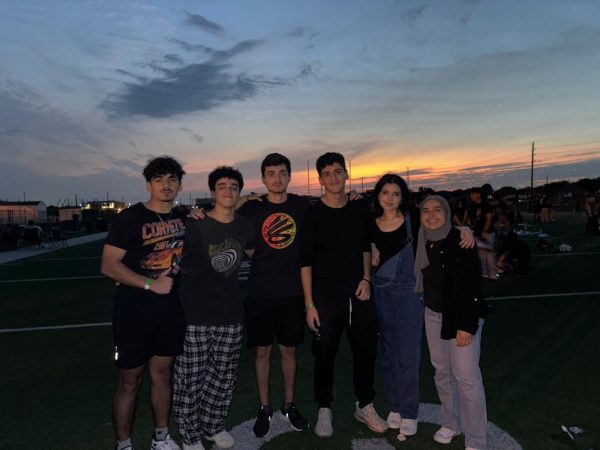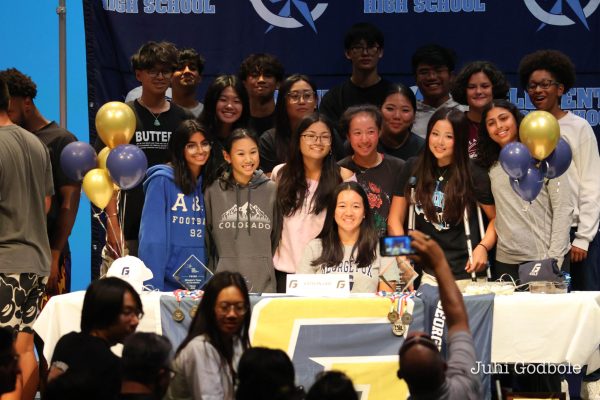One Lunch, Two Lunch, Mega Lunch
February 22, 2019
Nearly 2,500 students follow the two-lunch protocol in Clements High School. During their designated lunch time, they are expected to locate a spot in the cafeteria, library, or in the hallways to eat their lunch or do their work. Students were allowed in the designated areas on the first floor; the entire school was basically off-limits. But that’s only half of the school body competing during each period. In Mega Lunch, these 2500 students are no longer confined to the aforementioned areas, but must now find a corner or crevice in the school to enjoy their free period.
Mega Lunch reduces the school’s usual two lunch format to one period after fifth and before sixth. This is not the first time Clements has changed its gears regarding the lunch periods. In previous years, the school has three lunch periods, with the fifth period being one hour long. However, to compensate for the additional fifteen minutes that was then to be added to the daily schedule, three became two 50-minute periods.
The rationale behind Mega Lunch was to provide more accessibility of students to teachers’ tutorials and clubs/organizations, especially for those who cannot stay after school during the week. An informational page by Wylie ISD on the one-lunch format explains that this time is reserved for “flexibility during the school day […] to focus on learning, intervention, tutoring, and building relationships through clubs/organizations.” During the Mega Lunch trials conducted by administrators, students and teachers have taken advantage of this.
Despite the outlined benefits, Mega Lunch is met with polarizing opinions according to a recent CHS-Roundup-survey taken by 655 Clements students. The student responses do not fare well with the school’s decision to begin implementing this the next school year. In fact. 59.2 percent of the survey takers say that it should not be implemented at all. 20.5 percent say yes, while 20.3 percent do not care either way. 49 percent have cited this as negative change in contrast to the 18.3 percent who have considered this as the better option than the current two lunches.
Students have cited occupancy and long lunch lines as two of the main issues they have with this possible change, including the fact that students are not allowed to leave campus for lunch. The following are comments that students provided on the survey:
“The lunch lines are very long and it takes a long time to get food. Even though lunch is 50 minutes long, it’s still inconvenient because we have less time to study or talk to friends. It might help for club meetings, but I wouldn’t leave lunch to go to a club meeting because I’m busy buying food or interacting with my friends.”
“Unless there is a way to double the size of the cafeteria, no point in trying it.”
“I don’t think it is necessary to cram a lot of people in one lunch.”
“I think that Mega Lunch is a bit too chaotic and busy.”
“During regular lunch, I have no complaints about the lunch lines. Everything is very organized.”
“We don’t have enough room for the thousand of kids in our school to all eat lunch together.”
Although those who chose to add more comments were overwhelmingly negative, there are still those who are not completely averse to it, with some even offering suggestions on how to improve the experience.
“Mega Lunch is more efficient.”
“It doesn’t benefit me now, but it might in the future depending on my friend’s lunch. I think we should keep it.”
“Allow going off campus and just ask students to sign waivers saying its their responsibility. Allow food trucks and delivery services to reduce lines in the cafeteria.”
“I think it gives me more time to catch up and I talk less during class. It also gives to me time to catch up on my homework or missing assignments.”
“I like that I can go to club meetings and not worry about getting out of class, I don’t like that there’s a lot of crowding, I wish that mega lunch took the place of A lunch rather than B lunch.”
There is still debate on the implementation of Mega Lunch, with the main concerns pinned on overcrowding and inefficient lunch lines. Nonetheless, the one lunch format has promise to provide students with more advantages. The focus should then be redirected on whether or not we should have Mega Lunch, but that if we should, how can we make sure everyone is satisfied.
The image displays the data on people’s opinion on Mega Lunch.
